How often do we pay attention to the geometric shape of steel sections used in construction, and realize the importance of the shape? All the steel design and construction codes worldwide identify a few common shapes to be used as a steel member. These sections are noted by their cross-section shape profile. Below mentioned are a few commonly used sections.
| SECTION TYPE | FIGURE |
|---|---|
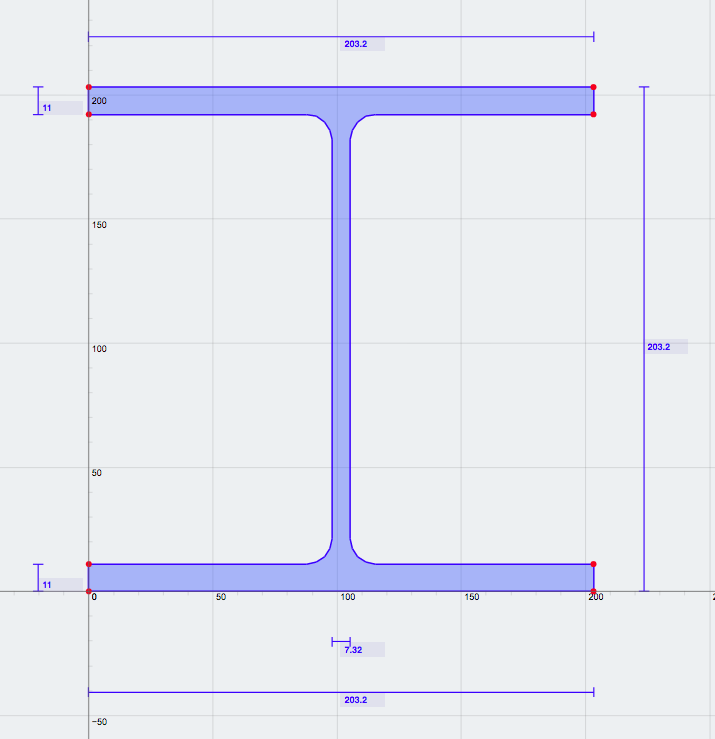 |
|
 |
|
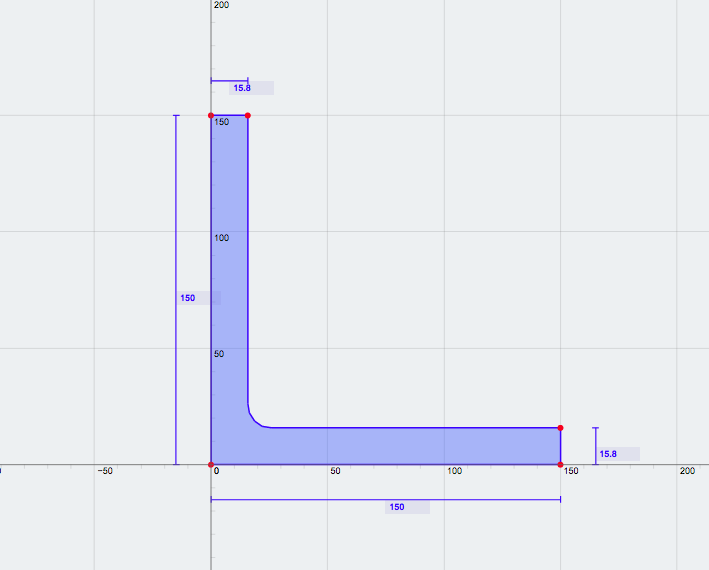 |
|
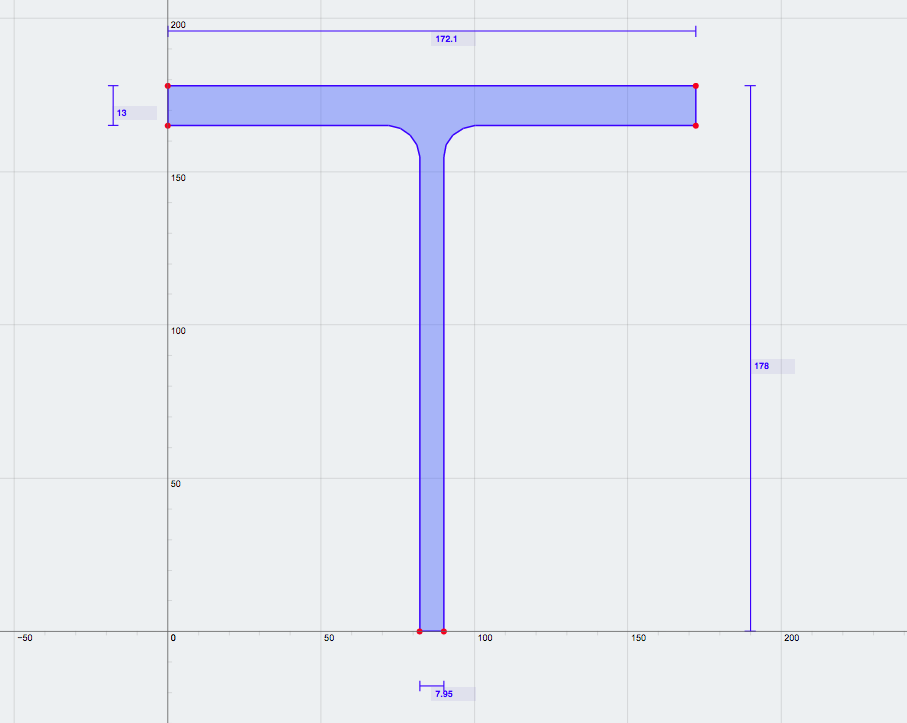 |
|
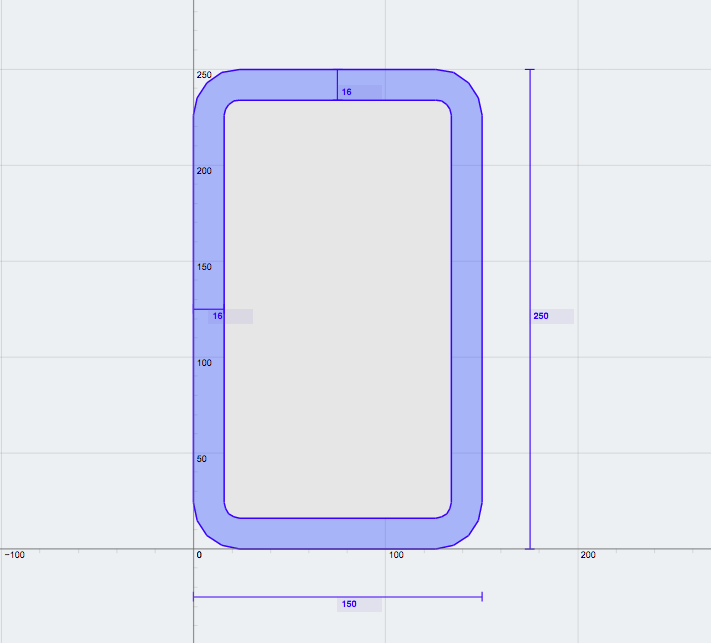 |
Why do we need different section types?
After going through the above list, one might wonder, why do we need to mold the steel sections into different shapes, instead use solid shapes (rectangular, square, circular or other polygons)? In order to know the reason, we need to understand a little about the load applications, structural phenomena subjected on member, parameters that control the structural capacity of a member.
Most common load applications that are encountered in the construction includes one or combination of below:
- Point Loads
- Uniformly distributed loads
- Moment/direct bending
- Rotation
Depending on type and manner of the load application/s, a member is subjected to one or combination of structural phenomena such as:
- Compression
- Tension
- Shear
- Flexure
- Torsion
In order to assess a member against the above-mentioned phenomena, there are few parameters (including but not limited to) that indicate the resistance offered such as:
- Cross section area
- Total Depth
- Thickness of Web, Flange/s, and Legs
- Moment of Inertia and/or Section modulus
- Torsional Constant
Check out SkyCiv's free moment of inertia calculator
Circling back to molding a solid section into different steel profiles; Based on multiple load combinations load applied, structural phenomena subjected and resistance parameter required, solid sections are molded and configured to various shape profiles. The molding of a solid section into shape profiles help to achieve high material to capacity ratio. Thus, conserving steel consumption (volume and weight).
Here we go through each section type briefly. We analyze each section type based on structural design criteria, usability and shape profile benefits.
I Shape / W Shape / H Shape
The shape profile of this section looks similar to alphabet “I” or “H”. W shape is the common notation used in AISC Steel Construction manual for this type of section. This section is used for all the types of load combinations, except pure rotation. This section is highly efficient to resist (in order) flexure, and compression. Most common usages of this section are beams/girder, columns in Buildings and Bridges.
Benefits
- High conservation of steel compared to solid rectangular or square section.
- Universal member - can be used for most structural member applications.
- Wide range of defined section availability in steel design manuals, allows for optimum structural design.
- Provides good compatibility for connections to other primary or secondary members.
Disadvantages
- Cannot be loaded in the X-X direction, as the section offer very little structural capacity compared to Y-Y direction.
- Offers less torsional resistance, since it is an open section.

C Shape / Channels
The shape profile of this section looks similar to alphabet “C”; hence we call them C shape. Channel is the common notation used in AISC Steel Construction manual for this type of section This section is mostly used for uniformly distributed load applications with small moment/bending. This section is highly efficient to be used as a secondary structural member where the loading is transferred onto other primary structural members. Most common usages of C Shape/Channels as secondary structural member are transverse joists supporting floor, purlins for roof trusses, studs in the wall framing, supporting members for ceiling assemblies, etc. Related: Try our purlin span calculator for C Sections.
Benefits
- Ideal substitute for I-shape when flexure is not a critical factor, conserving almost half the steel.
- Provides high structural capacity when used a multiple member system. Ex. Floor Joist system, Purlins in roof truss, etc.
- Can be placed back to back to create a virtual I-shape section.
- Provides good compatibility for connecting to other steel members and concrete/brick surfaces.
Disadvantages
- Highly unstable when loaded without bracing top flange, due to unsymmetrical geometry in Y-Y axis.
- Not suitable for heavy load applications.
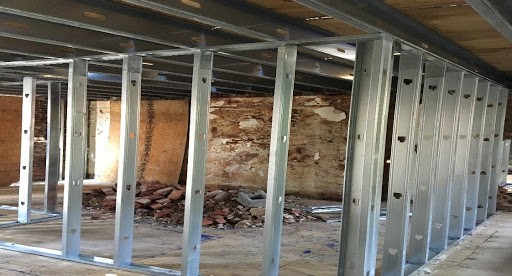
L Shape / Angle
The shape profile of this section looks similar to alphabet “L”; hence we call them L Shape. This section is also called as “Angle” as noted in AISC Steel Construction Manual and also due to its feasibility to accommodate angular connections. This section is highly used for point load applications to resist shear, tension and compression. This section is a perfect fit to be used as a connection member, primary component of a built-up member etc. Most common usages of this section are connection between I-shapes and/or other shapes, bracing in truss members, Chords, Battens and/or Laces of built-up member, Diaphragm members in bridge girder system, Web stiffening elements for I-shape sections, etc.
Benefits
- Provides high structural capacity in connections to resist the bolt/weld shear.
- Highly preferred to be used as a bracing member for trusses, as they offer good combination of axial-flexural capacity (Tension/Compression).
- Can be placed back to back to create a virtual T-shape section.
Disadvantages
- Unsymmetrical geometry in both X-X and Y-Y directions.
- Very low material/structural capacity ratio offered, compared to other shape sections

T Shape / Structural Tees
The shape profile of this section looks similar to alphabet “T”; hence we call them T shape. Structural Tee is a common notation used in AISC Steel Construction Manual for this type of section. This section is usually split from standard I-shapes by removing the bottom flange. This section can be used for all load applications similar to I-shape section. This shape offers significant flexural capacity on the flange side compared to non-flange side. Most common usages of this section are connection member between I-shapes or other shapes, secondary beam members (lintels), Chord member in trusses and primary member of built-up member, End Diaphragm members in bridge girder system etc.
Benefits
- Ideal substitute for I-shape sections where one side flexure is not significant or to reduce the overall depth of member.
- Offers high axial - flexural capacity compared to L shape, due to web depth and symmetry.
Disadvantages
- Cannot be loaded in the X-X direction, as the section offer very little structural capacity compared to Y-Y direction.
- Very limited applications due to unsymmetrical geometry about X-X axis.

Square, Rectangular, and Round Hollow Structural Section (HSS)
The Hollow Structural section (HSS) is obtained by steel tubing in the shapes of Square, Rectangular and Round/Circular. This section is a closed class, compared to other sections discussed above. This section is highly applicable for point loads and rotation. This section provides high structural capacity against compression and torsion. Most common usages of this section are structural column, shafts, etc.
Benefits
- Provides high torsional resistance compared to I, C, L, and T shapes.
- Provides high structural capacity in both directions (X-X and Y-Y) compared to I, C, L, and T shapes.
- Can be used as a jacket for concrete column for increased axial capacity.
- Relatively beneficial weight:capacity ratio (in axial)
Disadvantages
- Not commonly used as flexural member due to more steel usage compared to an equivalent I-shape section.
- Connections such as bolting is hard to install, since the section is closed.

Conclusion
Other shape sections that are also used as steel member are Pipe section, Plate section, and Bar sections. Based on above discussion we can now understand the differences between different shape sections, their relative benefits, their structural strengths etc. An optimum structural design includes all the above individual shape sections to be correctly chosen, designed to support and transmit loads properly throughout the structure.
The next time we see various steel sections in construction, we now know why a specific shape is used as a structural member. We can also comprehend the importance of shape profile of the section in the structural design and construction.
| Result | I Shape | C Shape | L Shape | T Shape | HSS |
|---|---|---|---|---|---|
| Axial | Good | Moderate | Moderate | Moderate | Good |
| Flexure X-X | Poor | Poor | Moderate | Poor | Good |
| Flexure Y-Y | Good | Moderate | Poor | Moderate | Good |
| Buckling | Poor | Poor | Poor | Poor | Moderate |
| Torsion | Poor | Poor | Poor | Poor | Good |
| Shear | Good | Moderate | Moderate | Moderate | Good |
| Example(s) | Steel Girders/Floor Beams /Columns | Joists in roof framing system | Truss bracing members | Truss chord members | Columns |
CEO and Co-Founder of SkyCiv
BEng (Civil), BCom



